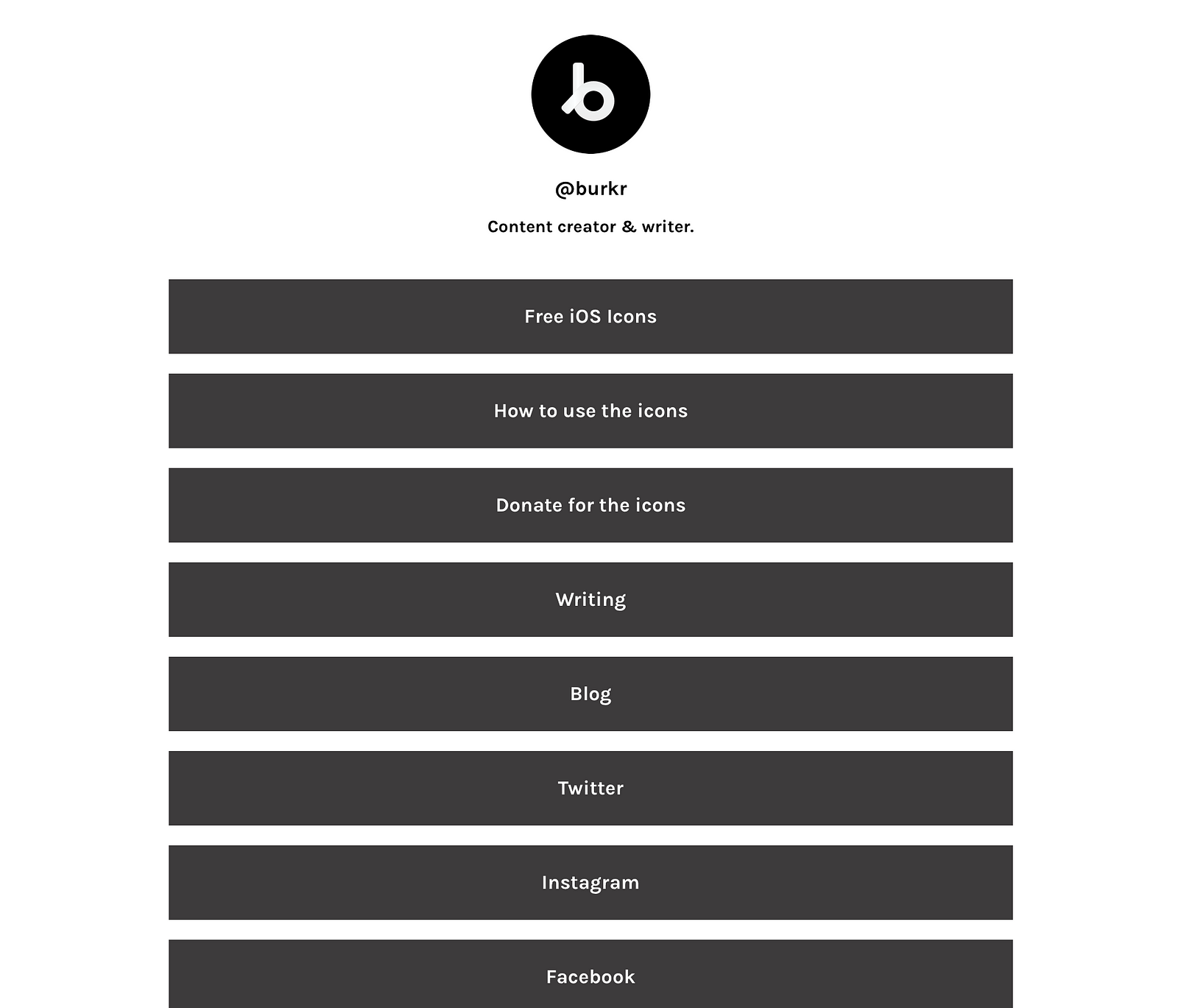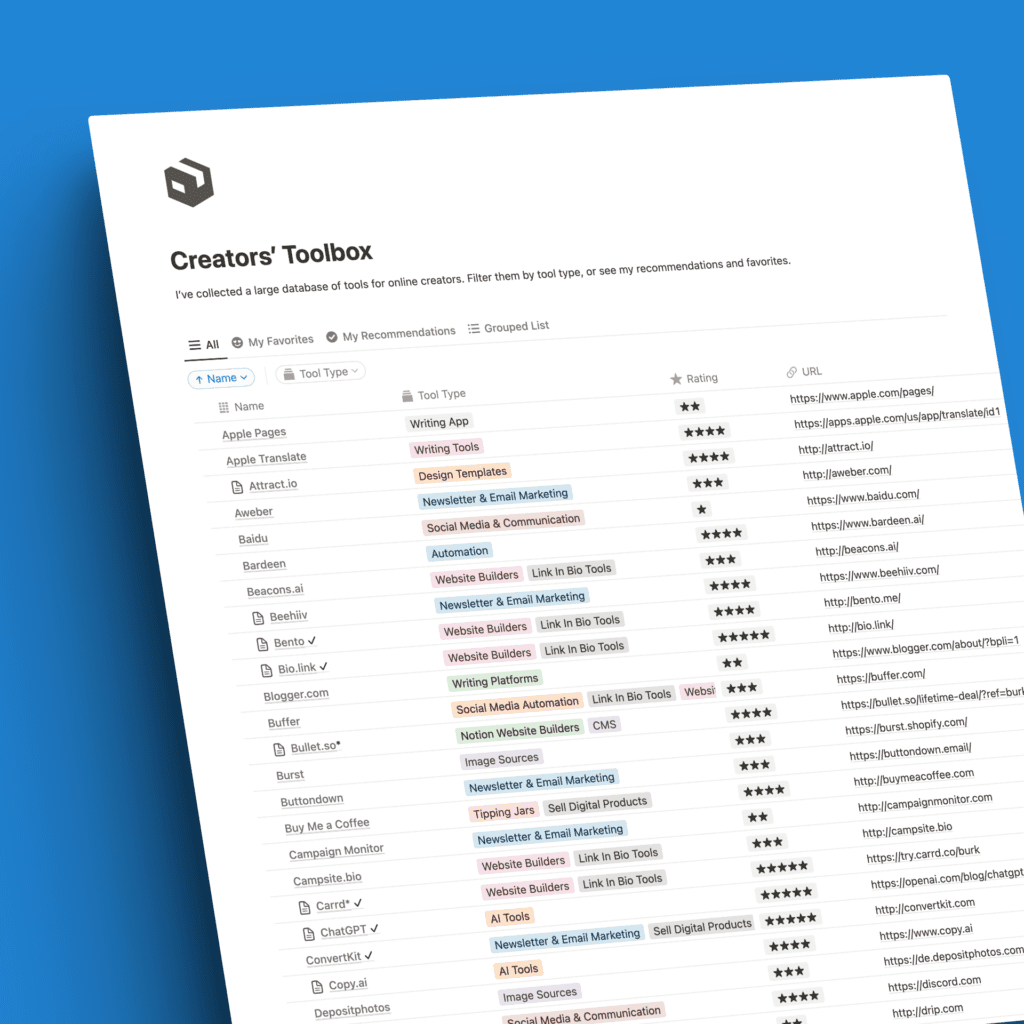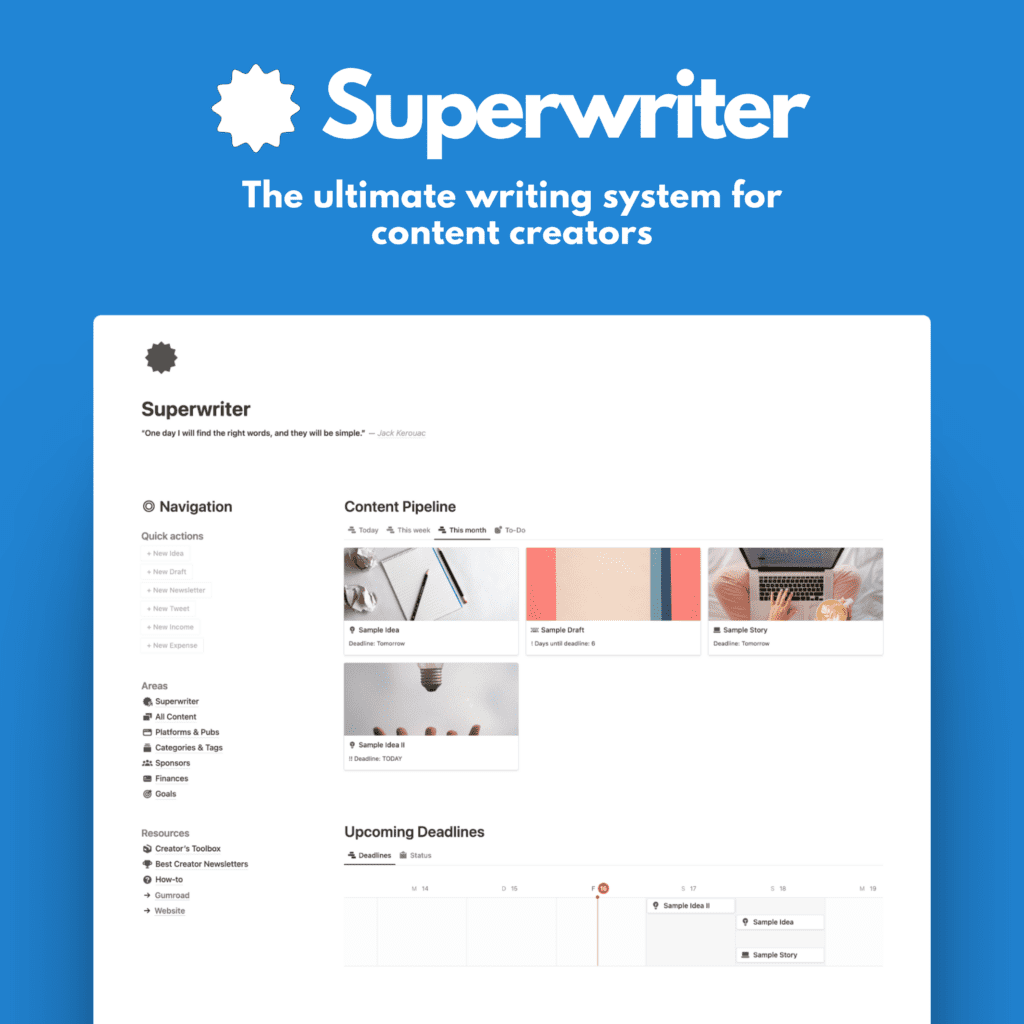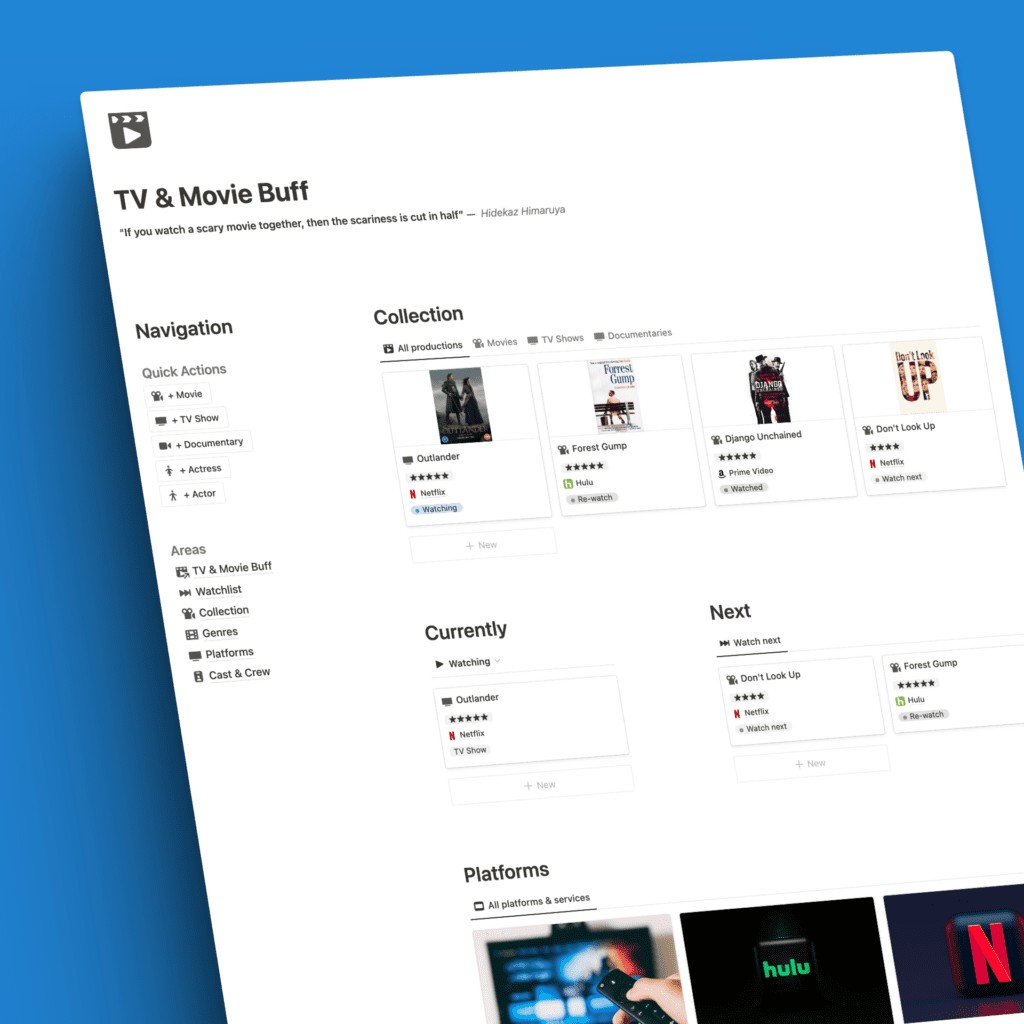Brought to you by Superwriter.
We’ve all seen it. This little link on Instagram that says linktr.ee/name. Maybe you’ve seen other ones as well: linkin.bio/name, tap.bio/name. These are all similar tools that have one thing in common: They want to be the starting page, a reference point to all your social media links and URLs. A simple concept, a great tool… but is there a better way?
What Is Linktree?
Founded in 2016, Linktree is now the king of bios with over eight million users (in their own words). If you don’t know what a bio is, it’s the short description on an Instagram profile, or TikTok, or Twitter, etc. All social media platforms have a similar approach to this.
The problem is most of them only allow for one single link to be published within this profile description. That’s where Linktree comes in.
How Does It Work?
Linktree is easy to understand. I create an account and select a name. That becomes my Linktr.ee URL (like linktr.ee/name). Then, I add all your social media URLs to the Linktree list, and I’m done. Afterward, I’d add this linktr.ee/name URL to my Instagram, Twitter, or TikTok bio, and voila… I have a reference page.

This simple strategy has a lot of advantages. You can append as many links as you want to your Linktree list for free. If you change or add an existing account, you don’t have to look in a dozen different places to adjust the account’s URL. Just add it to Linktree.
Nowadays, we all have at least a handful of social media accounts, a website or blog, maybe a shop, a design portfolio, a buymeacoffee page, and many other URLs we’d like to share. Keeping them all bundled on a reference page is a genius idea.
I have been using Linktree for some time. Major Instagram celebrities trust Linktree, like Selena Gomez. She currently has the fifth biggest Instagram account with over 212 million followers. So it’s fair to say that Linktree works.
What’s Wrong With It?
You might be thinking: If it works, what’s wrong with it? There’s nothing inherently wrong with Linktree at all. On the contrary, I’d choose Linktree in place of many similar tools any day. I do believe, however, that Linktree has a few downsides worth thinking about.
For one, it’s not my link, it doesn’t direct traffic to my site. It does lead to the appended links eventually, but the initial traffic goes to Linktree.
Furthermore, it’s a freemium service, a term that all of us are quite familiar with by now. The basic functionality is free — creating a username, adding as many links as I want, uploading a logo or photo — but when it comes to additional options, Linktree is quickly referring me to its paid plan that costs $6 per month. To be fair, that is a reasonable amount for the premium features that include customization options, like themes, buttons, and fonts, as well as advanced analytics, and numerous integrations. You’ll find an overview here.
Finally, in the past Linktree had issues with outages. I recall at least one time when Linktree wasn’t available for hours, and a few shorter outages as well.
Similar Tools
What’s the alternative? Well, with the success of Linktree came many imitators. As Picasso once said:
“Good artists copy; great artists steal.”
I’ve come across a bunch of similar services. They all have their unique features. But in the end, most of them suffer from the same downsides. Let’s quickly take a look at a few alternatives.
Campsite
One of the main competitors to Linktree is Campsite. This tool is a great alternative for multiple reasons. First, it has a handy Linktree importer, in case I already have Linktree, but want to switch.
Second, it looks and feels just like Linktree. The web interface is similar, although not as beautifully designed in my opinion. It offers comparable functionality, like unlimited link creation, logo upload, and a few appearance options.
Additionally, Campsite offers features that Linktree does not on their free plan. For example, the addition of social media buttons, carousel banners (links with images, not only text-based), and the ability to embed my campsite landing page into my website.
The downside is Campsite is a freemium service. The pro plan costs $7 per month and offers many additional features, like custom domains, advanced analytics, animated links, and custom-designed images. More on Campsite a little later.
ContactInBio
If you desire a more advanced alternative to Linktree, take a look at ContactInBio. The descriptive term they use for their service is “micro landing page” — exactly what it is.
Like with the others, I can create multiple links, all referenced from my micro landing page. ContactInBio, however, offers numerous features that both Linktree and Campsite lack. In addition to text-based links, I can add contact forms, social media buttons, contact options like WhatsApp, Telegram, and more. There are payment options via PayPal and Stripe, or music services like Spotify have their place — all for free.
The business plan costs $7 per month, although it’s discounted to $4.55 per month at the time of writing this. I get a whole lot of integrations, like analytics, email sign-up forms, Mailchimp, image carousels, and much more.
Of the three, I’d choose ContactInBio for its complexity and plethora of free features.
Others
Of course, there are plenty of other alternatives. Take a look at TabBio (a very interesting one as well), Manylink, or Link In Profile.
Now I want to shift my attention to the best alternative, in my humble opinion.
Best Alternative: Make Your Own Reference Page
Despite all these great platforms that offer adequate free features, and fantastic premium ones, a couple of issues remain with all of them. Let’s get back to the point I made earlier:
It’s not your link, it doesn’t direct traffic to your site. It does lead to the appended links eventually, but the initial traffic goes to Linktree.
This statement is true for all these platforms. There is a better way to do it. That’s the first reason to think about an alternative. The second is brand identity.
Whether you’re a person, a small start-up, or a large business, you should always strive for brand identity. A link that says Linktree does not honor that. It does not refer to me, it leads to Linktree, literally and figuratively. Moreover, this reference page will have the branding of Linktree (or service I use) on it. People with less knowledge about domains and services like these might even think that Linktree is my brand, and look for Linktree on Google, the next time they try to search me.
Solve the issues
One solution is to pay for the premium plans on any of the aforementioned tools, using my own branding and logo, colors, and fonts, removing other corporate brandings, creating a custom domain link that better represents my brand and my destination on the web, and marketing it as my own. That will solve the second issue quite well, but it won’t eliminate the first: web traffic.
My own reference page
To solve both issues, my favorite way of implementing a reference landing page is making my own. You might be thinking: I can’t do that! Hear me out, it’s easier than you think.
Do you have a website? The majority of Linktree-users I know are bloggers, writers, video creators, or designers. Most of them already have the basis to create their own reference page: their own website.
The first step
Before you start looking for a web designer to develop a landing page, take a step back, and utilize a simpler and quicker workaround first.
As you might notice when looking at my Instagram profile, the URL does not say linktr.ee. It says byburk.net. That’s because I created a subdomain, gave it the prefix link., and added a redirect to my Linktree. This newly created URL byburk.net redirects viewers to my Linktree page.
Other cool subdomain prefixes for your landing page could be:
connect.sitename.com
sayhello.sitename.com
hi.sitename.com
getintouch.sitename.com
click-me.sitename.com
hi-there.sitename.com
as-seen-on.sitename.com
You might see the downside here. While this fixes some of the naming issues, it does not solve the traffic problem. This is why I am in the process of completely switching away from Linktree.
The next step
I want to create my own reference page, or micro landing page, within my website. If you already own a domain, perfect. You can do this, too. If not, think about the money. Instead of paying $5–7 per month for Linktree or Campsite, use that money (or even less) to get a domain, your very own space on the web. You’ll find many web hosting packages for under $5 a month.
By doing that, you’re going to fix both issues I talked about before. All traffic from Instagram, or TikTok, or wherever you’ve added your Linktree URL, will go straight to your website, to you. With all the benefits that come with that: page rank being at the top.
Furthermore, your Instagram and TikTok followers will see and click on your brand name, and hopefully remember it.
In this article, I can’t go into the details of how to create a landing page on your own website. Instead, I leave you with two nice tutorials by Spiritedandthensome and Herpaperroute. These are easy to follow and deliver great results.
Closing Words
Tools like Linktree serve the essential purpose of bundling all my little places on the web in one link, a single starting point. This concept is so simple, yet incredibly powerful.
If I were to give you a simple alternative to Linktree, then use Campsite for now. It has more free features. The possibility of embedding a Campsite profile into your website also creates a hybrid version of an easy-to-use tool and the benefits of your own domain name. For anyone who’s overwhelmed by the idea of creating a landing page from scratch, this is a great solution.
If you did create one, share it! I’d love to see your result.








